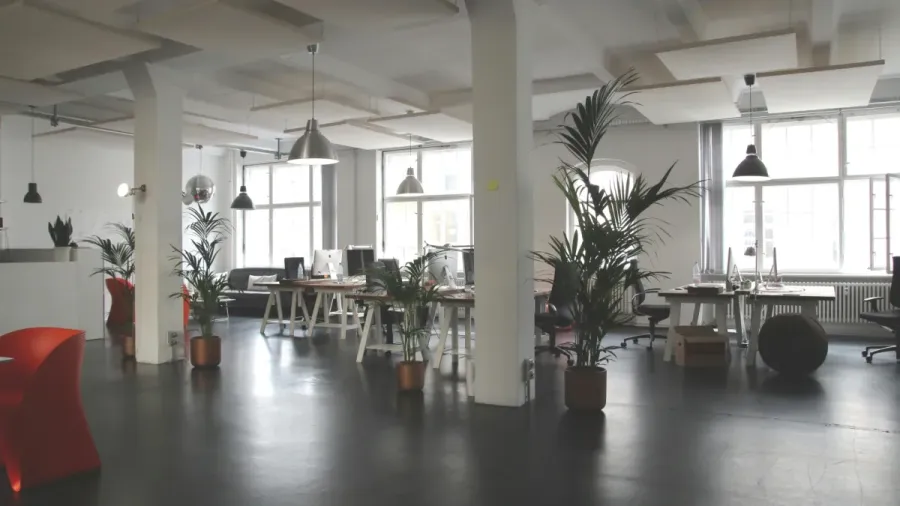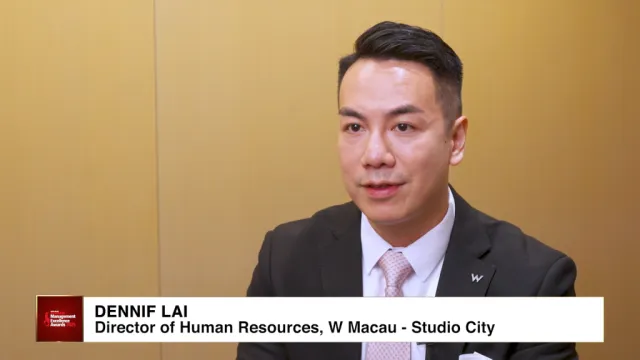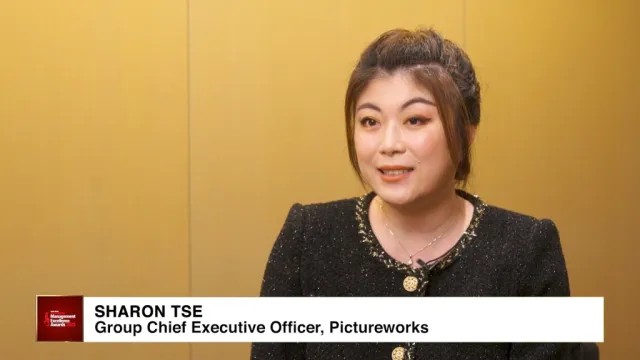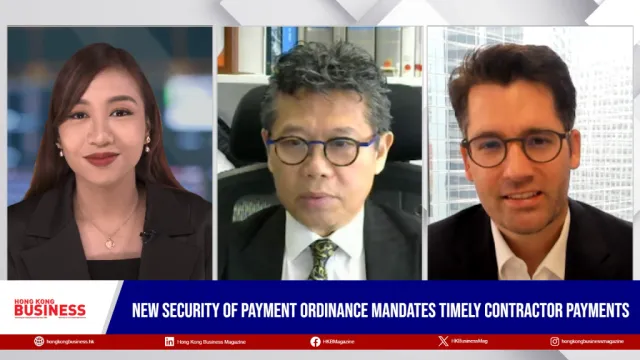
Green offices lose pricing edge as supply expands
Hong Kong is seeing its green rental premium gradually shrink as the supply of certified space catches up with demand.
In one of Asia Pacific’s most advanced office markets, green-certified buildings are no longer a niche — they’re the norm.
According to CBRE’s latest report on Decarbonising Asia Pacific’s Office Buildings, Hong Kong, long a front-runner in sustainable real estate, is seeing its green rental premium gradually shrink as the supply of certified space catches up with demand.
Green buildings still outperform in occupancy and appeal, especially amongst multinational tenants in finance and professional services, who are under pressure to meet ESG targets.
But the competitive edge that once allowed landlords to charge a premium for certified spaces is softening. As sustainability becomes a baseline expectation, the price gap between green and non-green assets is narrowing.
Non-certified buildings, however, are heading in the opposite direction. As tenant preferences shift, these “brown” assets are experiencing increasing rental discounts and higher vacancy risks. In a market like Hong Kong, where certified supply is abundant and new developments are limited, older buildings that haven’t been upgraded face growing competitive disadvantages.
At the same time, investment in retrofits is being held back. Many landlords remain cautious about funding major green upgrades without clearer financial returns or cost-sharing agreements with tenants. This misalignment between owners and occupiers is slowing progress, even as the market signals that sustainable space is no longer optional.
Hong Kong’s strong adoption of the BEAM Plus certification and its high share of green-rated stock positions it as a benchmark for the region. But with green buildings becoming standard, the next challenge is clear: bring the rest of the market up to speed, or risk being left behind.



















 Advertise
Advertise








